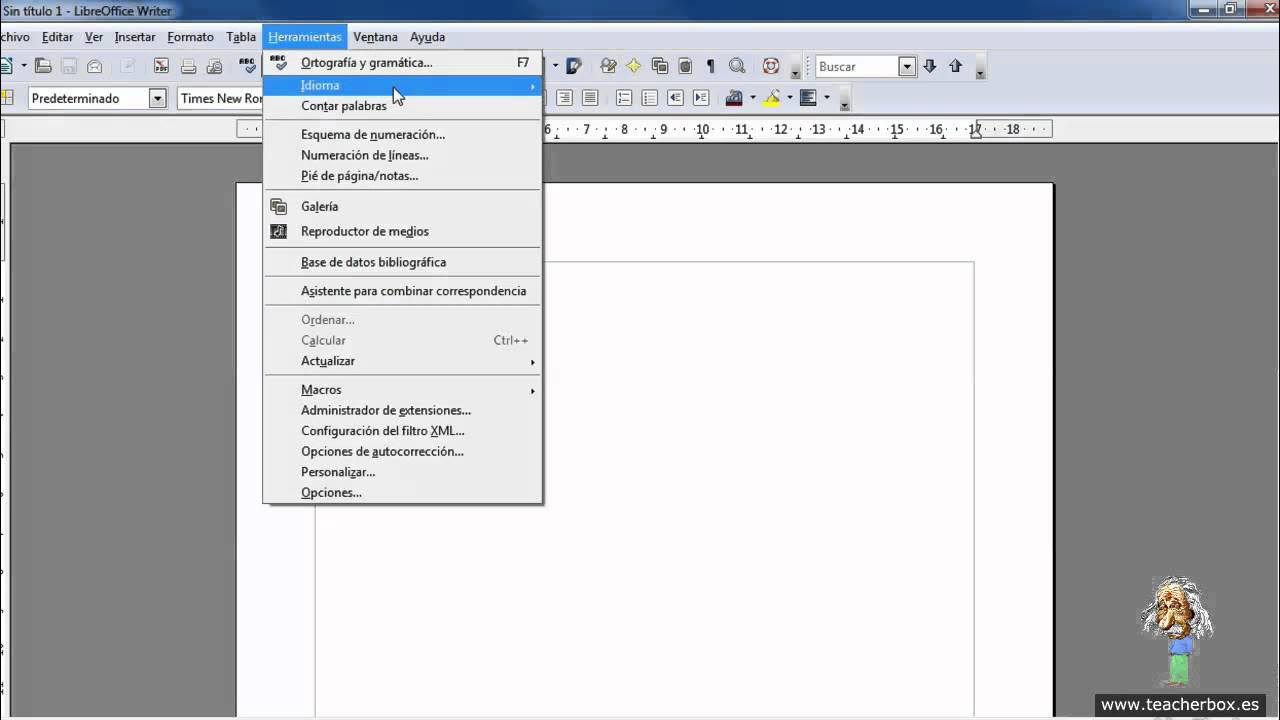¿Qué es un folleto y para qué sirve? Características y tipos
Summary
TLDREl folleto es un documento impreso que divulga información de manera concisa y accesible. Utilizado ampliamente en marketing para promover servicios y productos, también se emplea en educación y orientación. Caracterizado por su claridad, diseño llamativo y contenido relevante, el folleto debe adaptarse al público objetivo y ofrecer información útil y fácil de entender. Existen varios tipos de folletos, como los volantes, diptycos y triptycos, y pueden ser físicos o digitales. Para crear un folleto, es fundamental definir su propósito, investigar, elegir un título atractivo y diseño, y asegurar que sea ordenado y fácil de comprender.
Takeaways
- 📄 Un folleto es un documento impreso en papel diseñado para divulgar o anunciar cierta información.
- 📚 Los folletos difieren de los libros en varios aspectos, como su longitud y la forma en que presentan la información.
- 🎨 Se utilizan ampliamente en el marketing para publicitar los beneficios de un servicio o producto.
- 🚫 No confundir con el panfleto, que es un documento más agresivo utilizado para propagar la propaganda política.
- 🌟 Los folletos suelen ser muy llamativos, utilizando títulos y imágenes atractivas.
- 🏫 Además de la publicidad, los folletos también se utilizan en escuelas, universidades e instituciones para instruir a un grupo específico de personas.
- 📲 Aunque tradicionalmente son obras impresas, hoy en día también se pueden encontrar en formatos digitales.
- 🗂 Los folletos son herramientas de comunicación que transmiten datos de todo tipo, y pueden contener información sobre un producto, un atractivo turístico o un restaurante.
- 📊 Características de los folletos incluyen tener un público específico, información relevante, claridad en el contenido, texto comprensible, tipo de letra apropiado, diseño llamativo y utilizar el mínimo texto posible.
- 📈 Los folletos se clasifican según la forma en que distribuyen la información y el tipo de información que transmiten, como volantes, diptycos y triptycos, y pueden ser educativos, escolares o de salud.
Q & A
¿Qué es un folleto y para qué sirve?
-Un folleto es un documento impreso en papel diseñado para divulgar o publicitar cierta información. Sirve como herramienta para enseñar y transmitir datos específicos, y se diferencia de los libros por su corta longitud, su presentación de información resumida y fácil de entender, y su amplio uso en marketing y educación.
¿En qué se diferencia un folleto de un panfleto?
-Un folleto es un documento informativo y atractivo, mientras que un panfleto es un documento ligeramente agresivo utilizado para difundir propaganda política.
¿Cómo se deben diseñar los títulos y las imágenes de un folleto para ser efectivos?
-Los títulos y las imágenes de un folleto deben ser llamativos y atractivos para captar la atención del público objetivo. Deben ser relevantes con el contenido y adaptados a las necesidades y preferencias del destinatario.
¿Cuáles son las características clave de un buen folleto?
-Un buen folleto debe tener información relevante y clara, un texto fácil de entender, un tipo de letra apropiado y legible, un diseño llamativo que facilite la lectura, y una cantidad mínima de texto para evitar abrumar al lector.
¿Por qué es importante que el contenido de un folleto sea relevante para su público?
-El contenido relevante asegura que el folleto no sea un recurso desechable, sino que el lector sienta el deseo de guardarlo y utilizarlo como material de referencia.
¿Cómo se clasifican los folletos según la forma en que distribuyen la información?
-Los folletos se clasifican en volantes (sin pliegues), dipticos (con dos pliegues) y triptic (con tres pliegues), cada uno con su forma particular de presentar y organizar la información.
¿Qué tipos de folletos existen según el tipo de información que传达?
-Existen folletos educativos, escolares, de salud y otros que buscan educar o informar a un público específico sobre diversos temas.
¿Cuáles son los pasos para desarrollar un proyecto de folleto?
-Los pasos incluyen establecer el propósito del folleto, realizar una investigación exhaustiva sobre el contenido, elegir un título llamativo y resaltar el contenido, y diseñar el folleto de manera ordenada y fácil de entender.
¿Qué tipos de recursos pueden utilizarse en un folleto para facilitar la comprensión del tema?
-Se pueden utilizar tablas, gráficos e infografías para que la información se difunda de manera más eficiente y se comprenda rápidamente.
¿Cuáles son algunas ideas de temas para un folleto?
-Algunos temas para un folleto pueden ser sobre reciclar en la escuela, los beneficios de cepillarse los dientes, hábitos de las aves, animales vertebrados, cómo actuar en caso de terremoto, prevención de enfermedades en invierno, y biografías de personajes históricos importantes.
Outlines

此内容仅限付费用户访问。 请升级后访问。
立即升级Mindmap

此内容仅限付费用户访问。 请升级后访问。
立即升级Keywords

此内容仅限付费用户访问。 请升级后访问。
立即升级Highlights

此内容仅限付费用户访问。 请升级后访问。
立即升级Transcripts

此内容仅限付费用户访问。 请升级后访问。
立即升级5.0 / 5 (0 votes)






